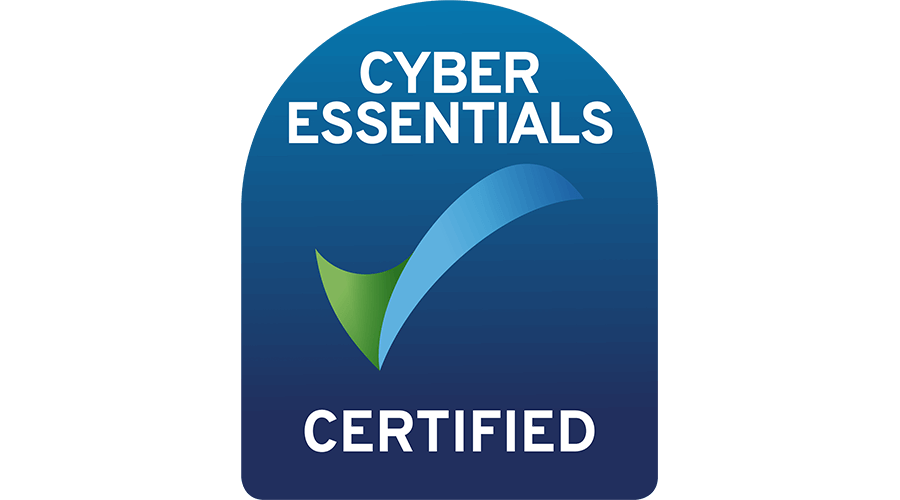With updates on the Covid-19 pandemic provided daily, the sheer volume of information has been challenging for most people to digest, but more so for people with learning disabilities.
However, as communication is a basic human need and right, despite the many challenges of communicating this complex information, it’s important that people invest the time to make sure everyone has the opportunity to fully understand what is happening around us.
Communicating the changes effectively with people who have learning disabilities is essential to maintaining their mental health during this worrying time.
Dr Hayley Thomas is a Consultant Clinical Psychologist at Pinetree Hospital, a specialist care provider for people with learning disabilities, behaviours that challenge and complex mental health needs. She explains that the changes in routine and the sheer amount of information to process can prove traumatic for those with learning disabilities.
In a bid to support families, carers and professionals, Hayley has offered her expert advice during Learning Disability Awareness Week on the challenges being faced and how to effectively communicate complex information and support people with learning disabilities during the pandemic.
What are the communication challenges people with learning disabilities face and how has COVID-19 exacerbated these?
The challenges largely depend on the level of learning disability the person has. We have people at Pinetree Hospital who have mild disabilities and are able to use and understand verbal language and written communication methods pretty well. But, we also have service users who have significant communication impairments and struggle to process information and understand new situations.
One of the biggest challenges people with learning disabilities have faced is the change to their routine and predictable, familiar day. In particular, people with Autistic Spectrum Conditions (ASC) find it hard to adapt to, and understand, new situations; so being told overnight that they couldn’t go out or follow their normal routine was difficult for them to comprehend.
Another challenge of COVID-19 has been the complexity of the information being distributed. A lot of what is coming from the Government is very technical, so we’ve had to simplify it quite significantly. The challenge has been in explaining information in the simplest terms without losing its meaning or undermining the significance of the situation.
PPE (Personal Protective Equipment) and face masks have also had an impact on communication, particularly non-verbal communication. Some individuals rely heavily on being able to see someone’s facial expression to interpret emotions; whilst others might rely upon lip reading due to hearing impairments. All of which is made more difficult when those supporting them are wearing a face mask.
During the pandemic there has been some complex information to communicate, how have you gone about this? What tools, tactics, programmes have you used?
We have been using easy read guides provided by Public Health Wales and Public Health England, along with developing material specific to our service users.
We’ve created a lot of our own bespoke material that specifically meets the individual’s particular needs and circumstances. For some of our service users we use packages such as Photosymbols, which uses pictures to supplement simple text. For others we use augmented communication systems which are picture-based communications rather than speech or text to support their understanding. In order to ensure everyone is supported to be able to access the same consistent messages, we’ve needed to have the same information in a number of different formats.
We have also used a lot of Social Stories which are short stories created to illustrate certain situations and problems and how people deal with them in order to help our service users understand the changes to their particular routines. We’ve also put together a set of frequently asked questions, which we keep adding to, to ensure that we maintain a consistent message.
As restrictions start to lift, we’re still in a state of flux, what are your top tips for communicating with someone with a learning disability during this time?
The first thing would be to check the information that you are giving out. While this may sound simple, there’s so much misinformation out there it’s important to check your sources to ensure what you’re communicating is accurate, up-to-date, and relevant to where you live. Also, it is important that it is communicated in a timely manner to avoid individuals seeing or hearing it elsewhere and misinterpreting it. Any confusion or misinterpretation could add to anxieties.
The second tip would be tailoring your communication method to suit the individual and making sure the information is really clear and concise. For a parent or family member, use whatever method works best for the person you’re communicating with. For professionals, it’s about having the same information in multiple formats so that it’s accessible for all.
Thirdly, be open-minded in the way you share information. From videos to symbols, there’s lots of different communication methods out there. Think creatively about how you can share the information in a way that is understandable to the individual.
Finally, whether you are a carer, family member or part of a professional team, have joint discussions about what information you actually need to share. It’s about knowing what’s important to the individual and what may cause them distress. People with learning disabilities have the same rights as everyone else to have information. So always share information, unless you have a really good reason not to.
Despite the complexity and uncertainty of the situation we find ourselves in don’t shy away from communicating with people with learning disabilities and making sure they’re up-to-date with what’s going on. Like everyone else, it’s crucial for their mental and physical health to understand the new world around them.
Dr Hayley Thomas works at Pinetree Hospital in Cardiff, which is part of the Ludlow Street Healthcare Group.



 >
>
 >
>
